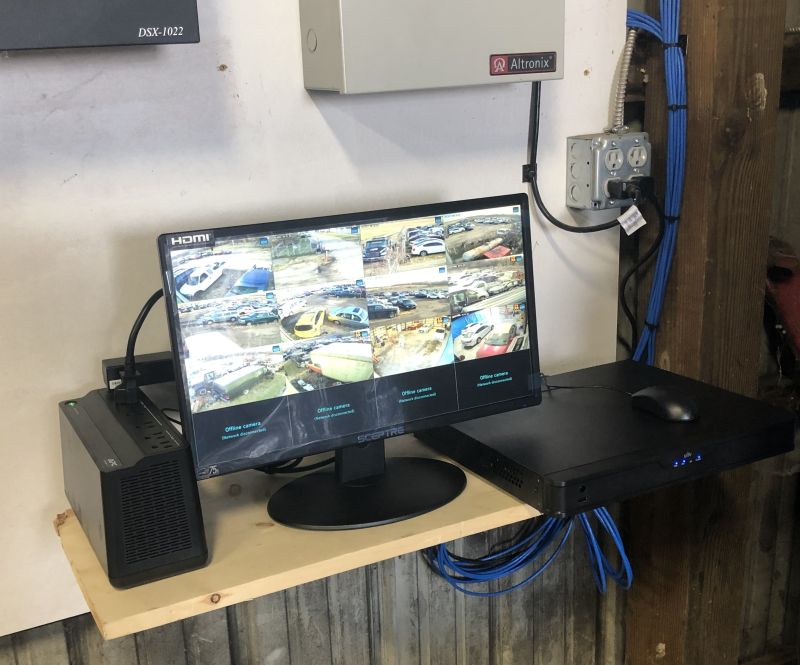Coaxial cable splicing is an essential skill for any tech enthusiast or professional. It allows you to extend or repair coaxial cables without replacing the entire assembly, saving both time and money. This comprehensive guide will walk you through the process of splicing coaxial cables, ensuring a seamless connection every time.
What You’ll Need
Before you start, gather the necessary tools and materials:
- Two coaxial cables of equal or similar impedance
- Coaxial cable cutter
- Wire stripper
- Heat shrink tubing
- Soldering iron and solder
- Electrical tape
Steps to Splicing Coaxial Cables
Follow these steps to splice your coaxial cables:
- Cut the Cables: Begin by cutting the two coaxial cables you want to splice to the desired length, ensuring both cables have a similar impedance rating.
- Strip the Insulation: Using the wire stripper, strip the outer insulation from both cables to expose the braided shielding and inner conductor.
- Separate the Shielding: Separate the braided shielding from the inner conductor on both cable ends, being careful not to damage the shielding.
- Prepare the Heat Shrink Tubing: Slide a piece of heat shrink tubing over one of the cable ends, ensuring it’s far enough from the splice to prevent accidentally shrinking the tubing early.
- Twist the Conductors: Twist the exposed inner conductors of the two cables together, ensuring they make a solid connection.
- Solder the Connection: Apply heat to the twist using the soldering iron, melting the solder onto the twisted wires.
- Apply the Heat Shrink Tubing: Slide the heat shrink tubing over the soldered connection, and use the heat gun to shrink the tubing over the splice.
- Wrap the Shielding: Wrap the exposed braided shielding around the heat shrink tubing, ensuring it makes a secure connection.
- Secure with Electrical Tape: Apply electrical tape over the splice and braided shielding to provide additional protection and support.
- Repeat: Repeat these steps on the other cable end.
Alternatives to Soldering
While soldering is a traditional and widely-used method of splicing, it’s not the only option. Here are some other methods you can try:
- Compression Connectors: These connectors use a crimping tool to create a tight connection between the cables, compressing the braided shielding and inner conductor for a secure seal.
- Twist-on Connectors: These connectors use a screw-on process, twisting the braided shielding and inner conductor together before screwing on a cap to hold them in place.
Conclusion
Splicing coaxial cables is a useful skill to have, allowing you to extend or repair coaxial cables with ease. Make sure you have the necessary tools and materials before starting, and follow the steps we’ve provided to create a secure and reliable splice. Remember, there are alternatives to soldering, so experiment with different techniques to find what works best for you.






0